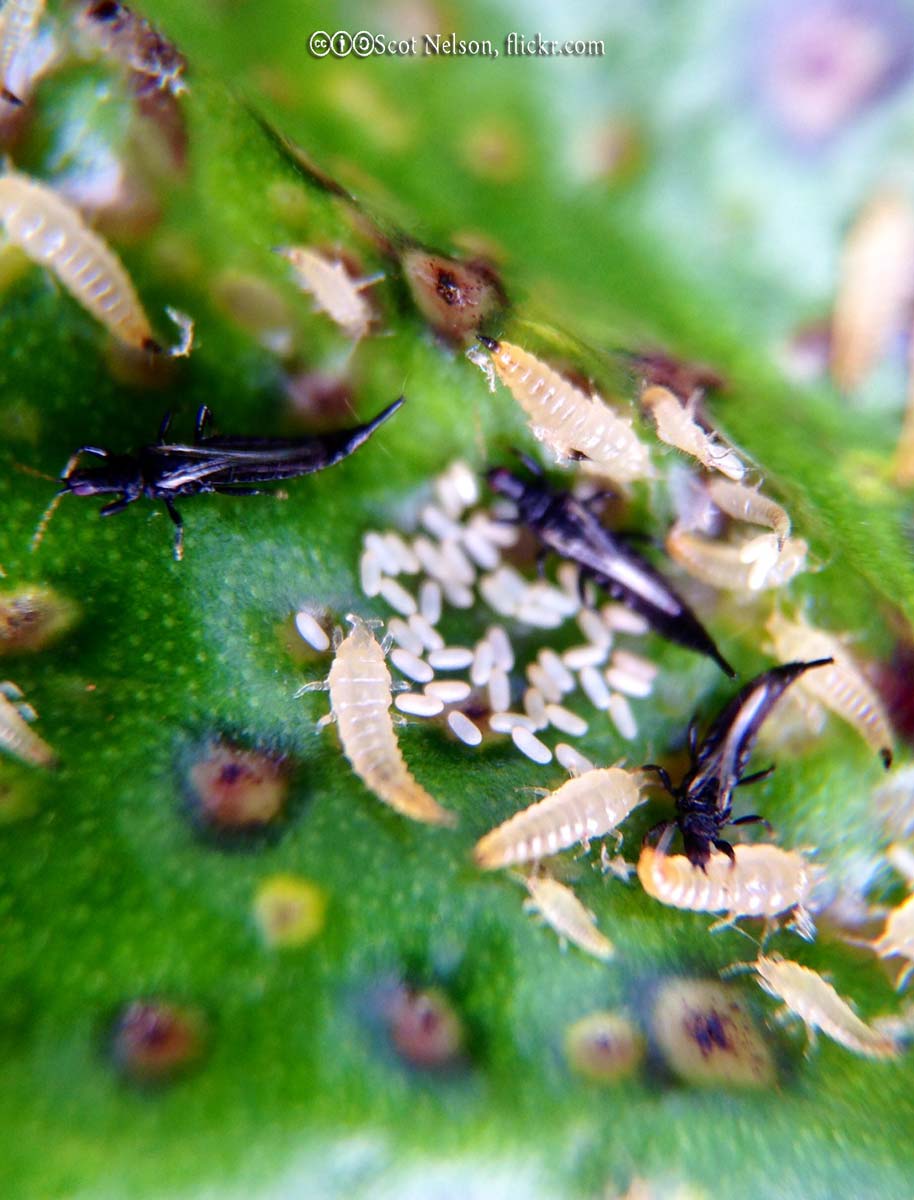Wireworms
The shiny, reddish brown larvae of the click beetle are the particular bane of gardeners who dote on root crops. Reaching a length of about 1 1/2 inches, wire-worms are hard-shelled and jointed with three pairs of legs just behind the head. They’re especially troublesome in gardens formerly planted as lawns. In hot, dry weather, … Read more










